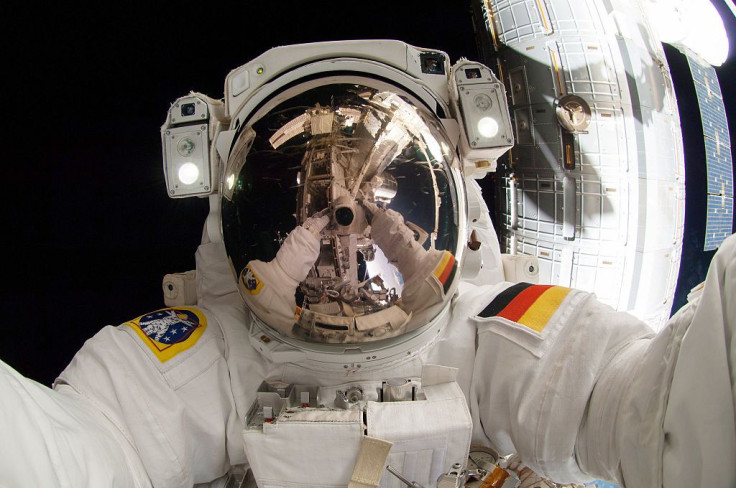Astronauts Weighing More Could Have Higher Risk Of Spaceflight-Related Eye Problems

A new study examining astronauts who have spent a considerable amount of time in space has led a group of researchers to posit there might be some connection between the weight of astronauts and the eye problems they experience during or after long-term spaceflights.
Scientists already know escaping the gravitational pull of planet Earth and living in space or microgravity environments for a long period can lead to spaceflight-associated neuro-ocular syndrome (SANS) in some astronauts.
This may result in a number of structural changes in the eye of the astronaut, creating problems like impaired vision, swelling of the optic nerve, and colored indentations in the blood vessel network present at the back of the eye. However, the new work indicated changes might be related to the weight of the astronauts. Meaning, more the body weight, higher the risk of being affected by the syndrome.
The research team came to this theory after analyzing data of 45 astronauts who were a part of long-term spaceflight missions, averaging 165 days. The information, collected from NASA, included complete details of the astronauts such as their sex, pre-flight height, weight, chest, and waist-size as well as the alterations that were noted after their return, including the changes that occurred in their eyes.
The analysis revealed none of the female astronauts who completed long-duration flights and weighed lower than the male astronauts were diagnosed with symptoms of SANS after returning to Earth. However, to get a better understanding of the data and eliminate sex difference as a possible cause of disparity, the team conducted a separate analysis where the data of all male astronauts were analyzed.
Even in this case, the researchers found pre-flight weight, waist and chest circumference all were significantly greater in those who witnessed changes like swelling of optic nerves and colored indentations in the blood vessel network. Further analysis revealed the odds of developing either of the two conditions were a whopping 55 percent in the highest weight group compared to just nine percent in the lowest weight category.
The theory “was still true when only the male cohort was analyzed," the researchers said in a release. "The results from this study show a strong relationship between body weight and the development of ocular changes in space."
Though further research will be required to better understand the factors that put astronauts weighing more at a higher risk of SANS, the researchers have hypothesized it could be the work of body tissues.
Under normal conditions on Earth, body tissues generate compressive forces that press on bodily structures like bones, muscles, veins, and can affect pressures in blood vessels and organs. These forces increase with body weight. However, in microgravity, the tissues are weightless and the forces are also lost. In such case, as the researchers suggested, only people with more body tissue and body weight are likely to show ocular changes like these because they experience a much greater change in these forces.
The study, titled "Microgravity-induced ocular changes are related to body weight," was published May 16 in the American Journal of Physiology– Regulatory, Integrative and Comparative Physiology.
© Copyright IBTimes 2025. All rights reserved.





















